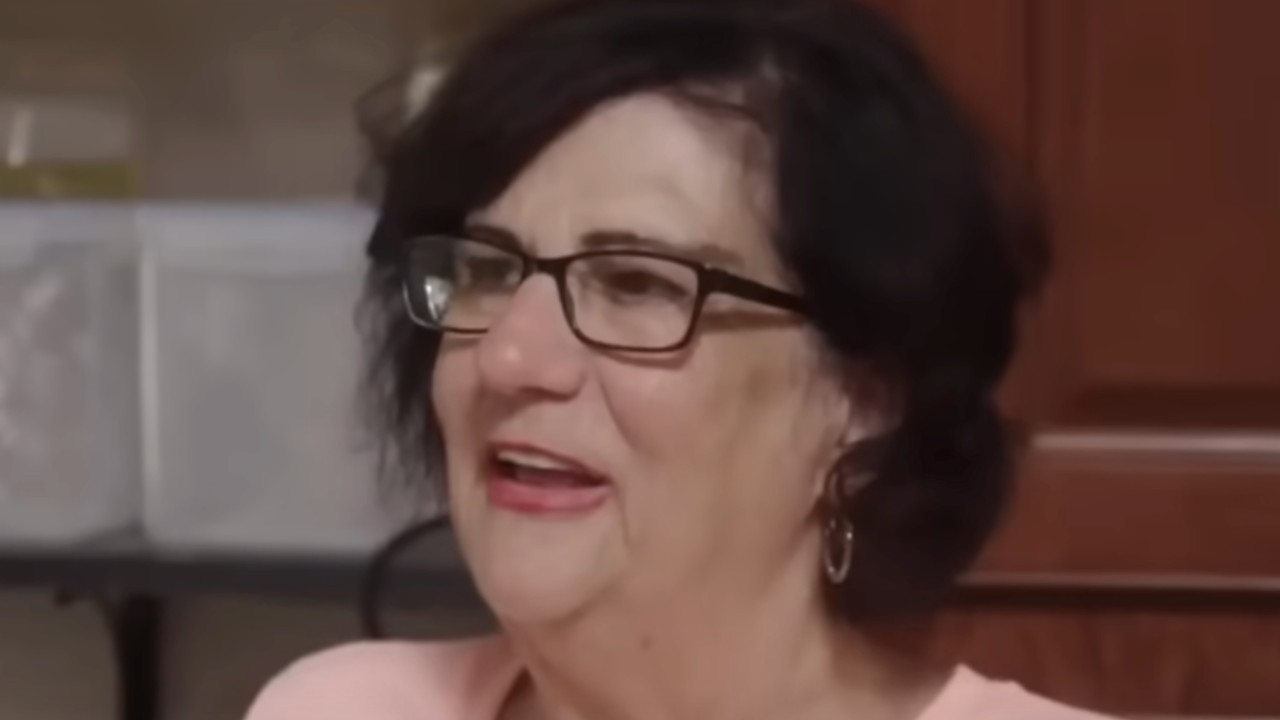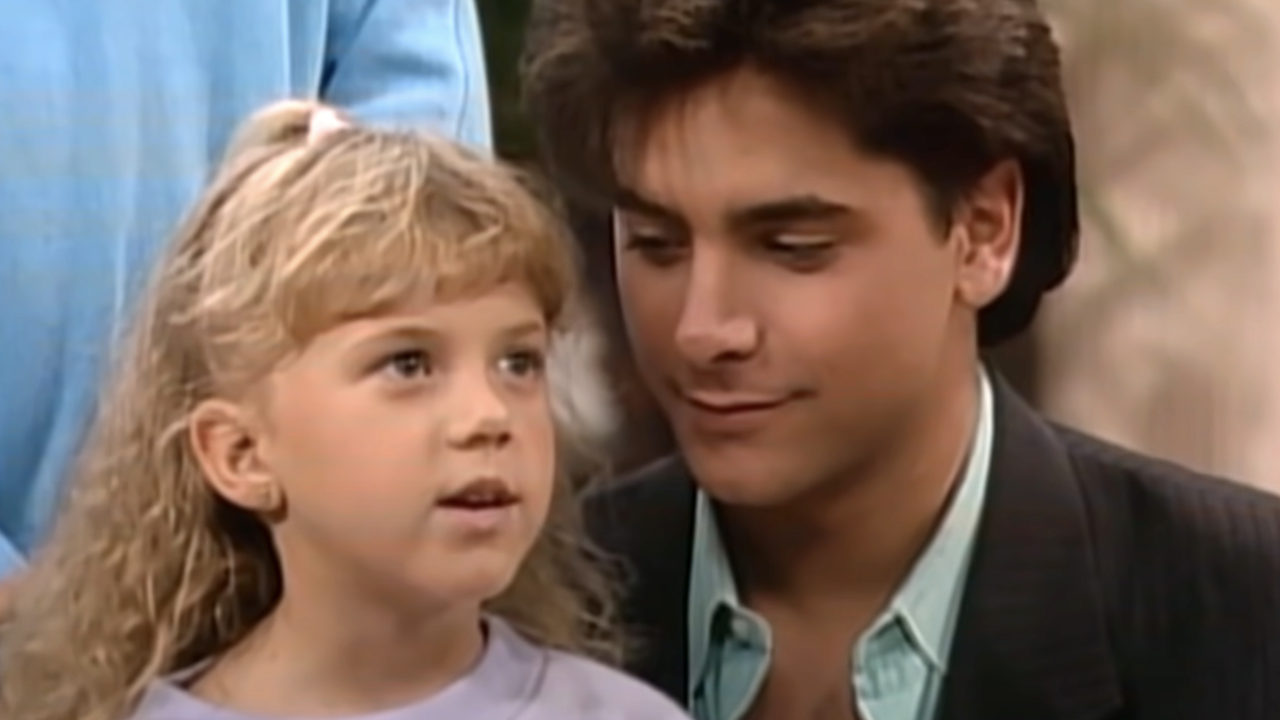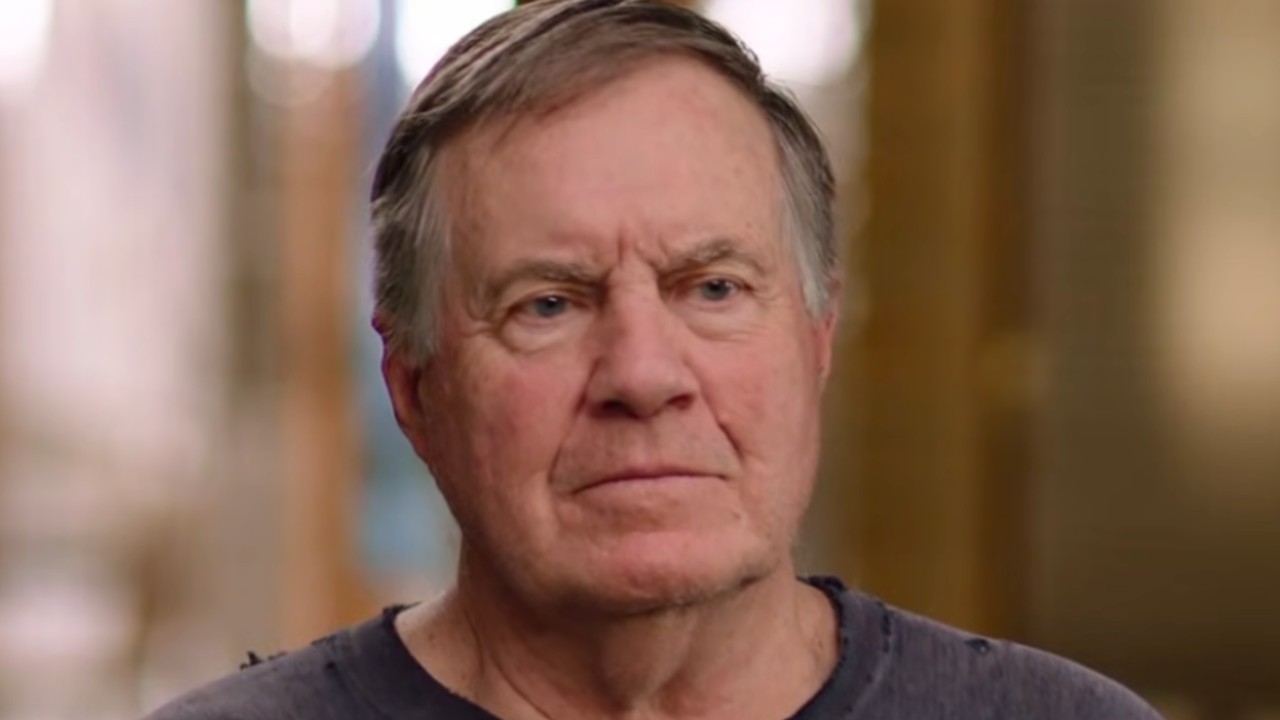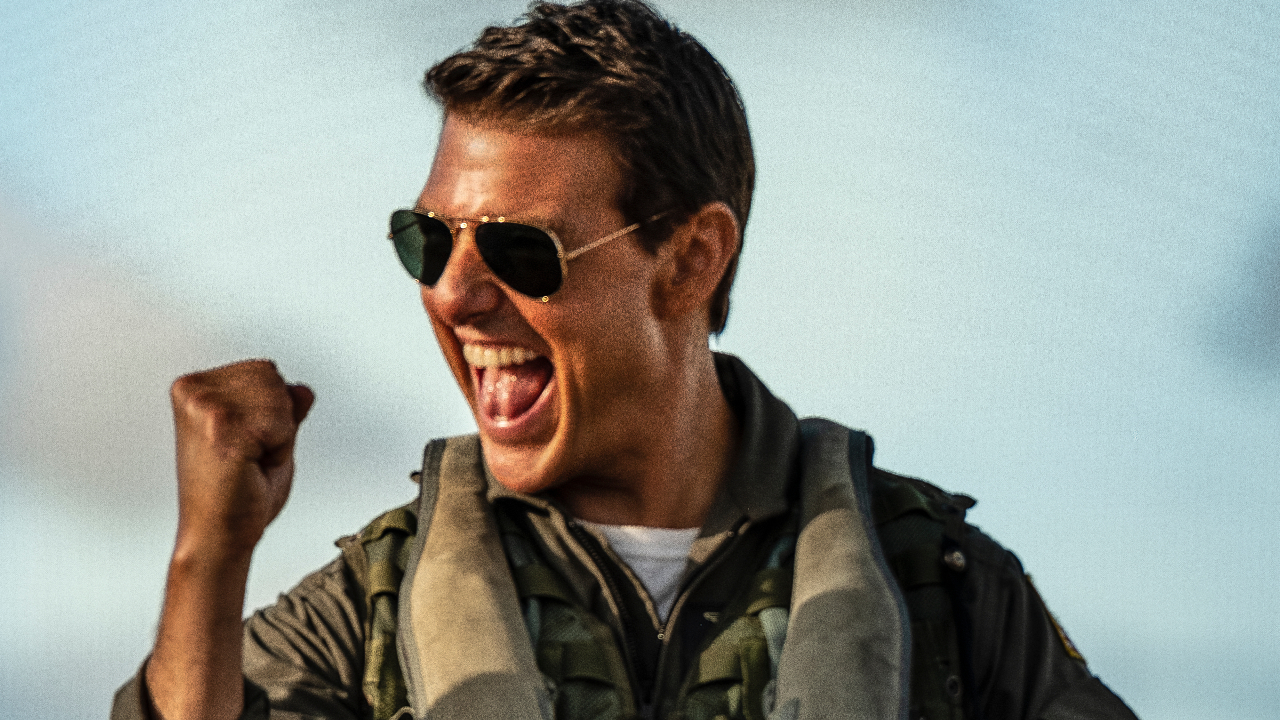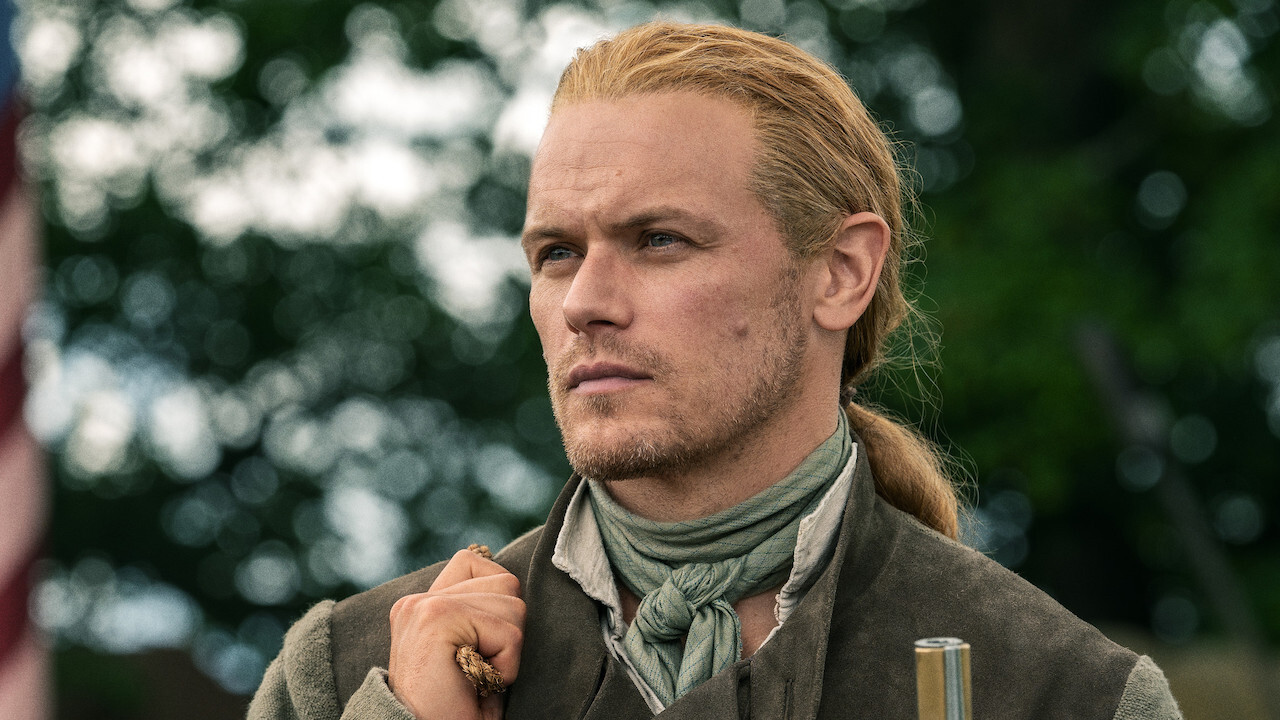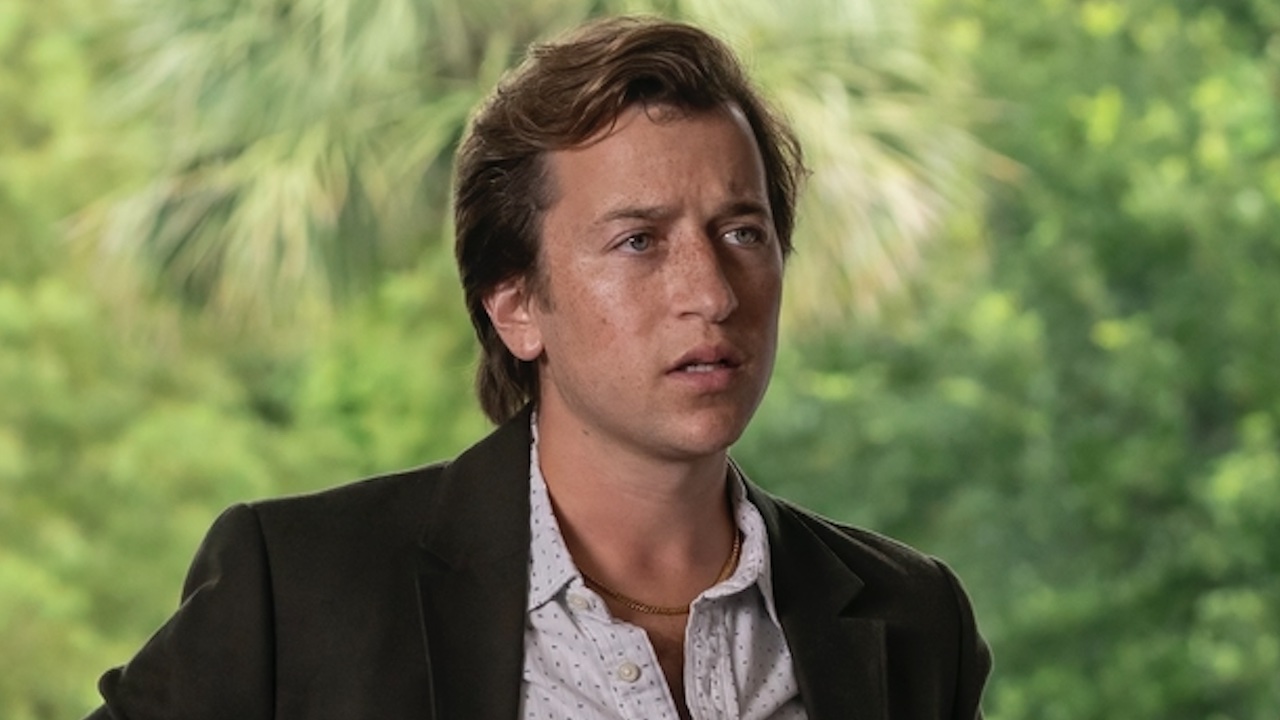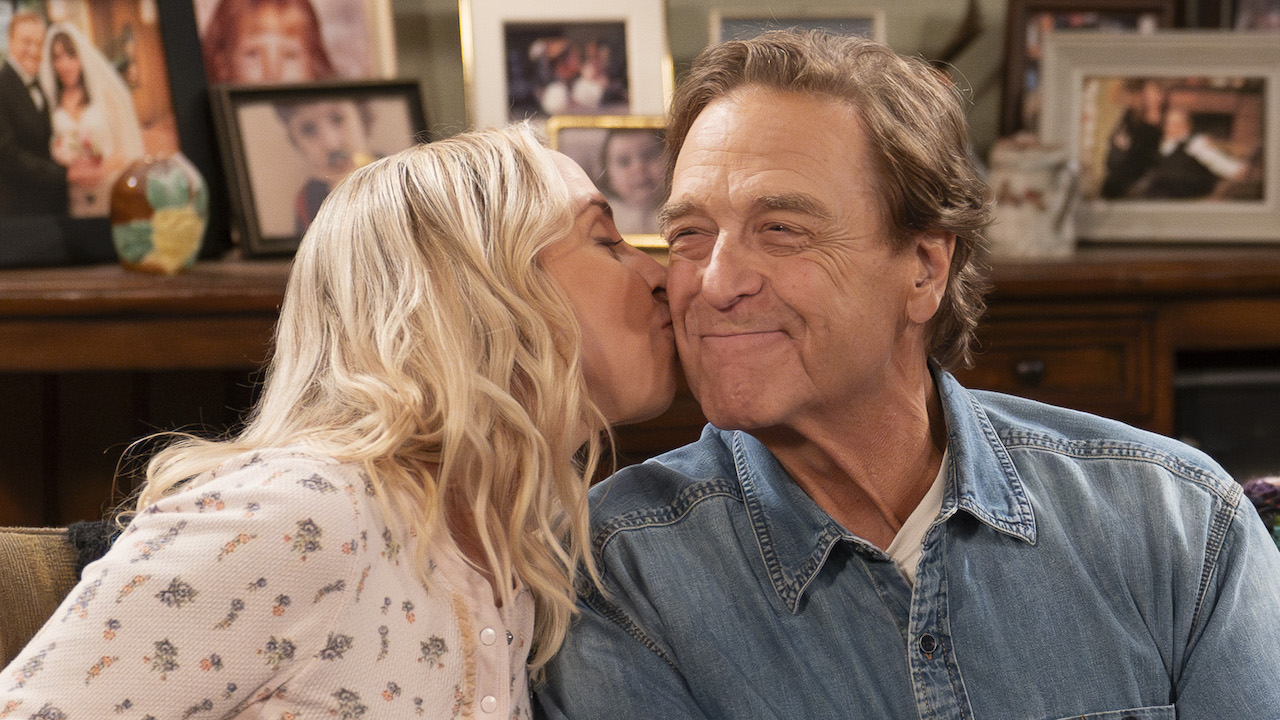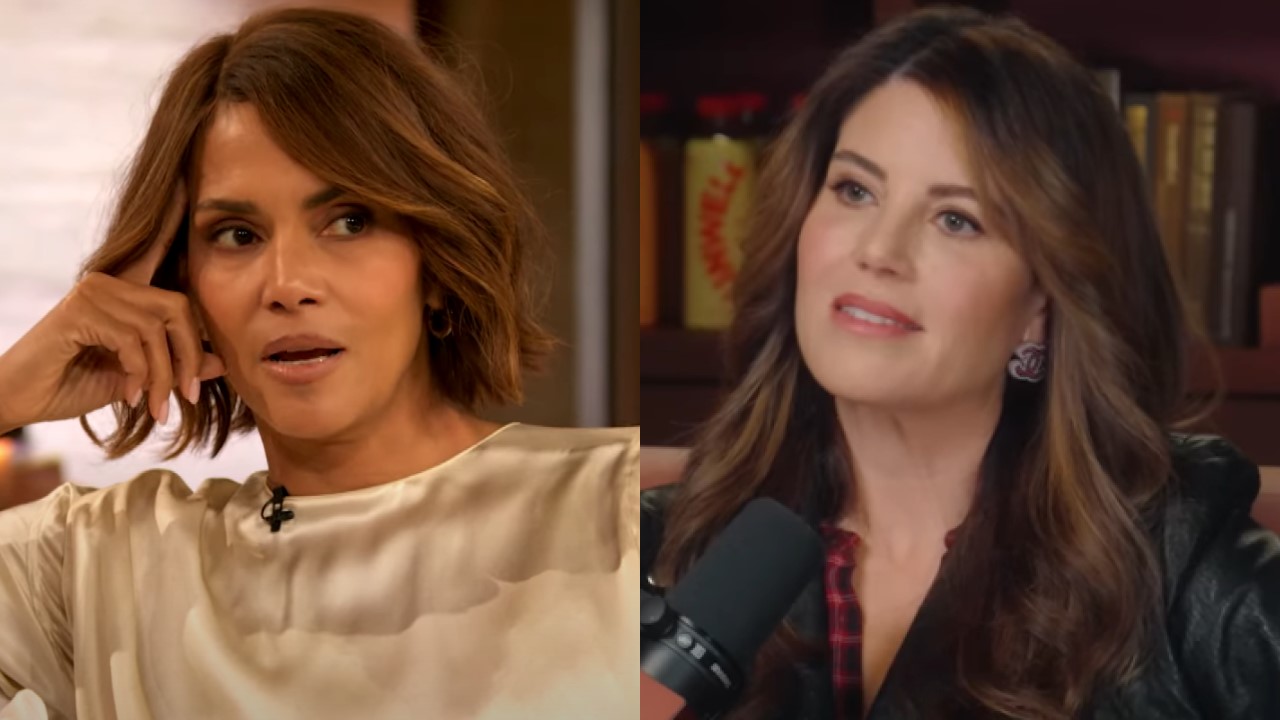Ranking The Best Bond Movies: Part 2 (#15-#11)

(For Part 3 of this series, click here)
Later this week, Skyfall, the twenty-third James Bond film in the Eon Productions canon, will be released in the United States. The newest effort has earned rave reviews from those of us here at Cinema Blend and an overwhelming majority of reviewers around the world. Because I love all things 007 and because I wanted to get a more specific idea of just how good the film is, I went back and watched all twenty-two of the proceeding films in the franchise over the past few weeks.
Some of them were better than I remembered, and some of them were far worse. After careful consideration and about twenty last minute changes, I settled on an ordered list of all twenty-three entries. Yesterday, I published films 23 through 16, and today, I’m continuing the list with my picks for 15 through 11. You can check back tomorrow for the next set.
Until then, read over my choices and take to the comment section to tell me why I’m wrong…
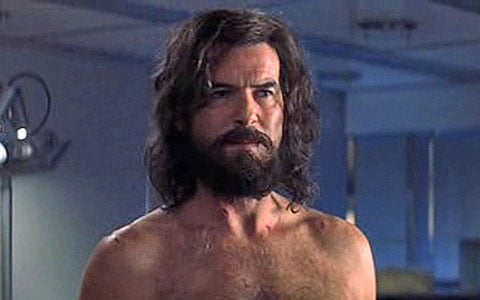
15) 2002’s Die Another Day
None of the Pierce Brosnan Bond movies are particularly realistic, but Die Another Day is so cartoony it probably should have starred Roger Moore. It offers DNA restructuring surgery, a henchmen with diamonds embedded in his face, a scene that may have been written after the scribe watched Weekend At Bernies, an ice palace, elaborate disguises, a villain who doesn’t sleep and a solar energy satellite ray named Icarus. If only director Lee Tamahori could CGI Jaws in, he would seriously give Moonraker a run on the ridiculous scale.
Speaking of which, the CGI in this movie is horrendous. The surfing scene looks like all of the skiing shots in the old Bond films, and some of the nonsense with the laser is too goofy to be taken seriously. Die Another Day also has way too many slow motion shots, and using the opening credits to advance the plot is a miserable idea.
CINEMABLEND NEWSLETTER
Your Daily Blend of Entertainment News
That being said, Jinx and Miranda Frost are both interesting female characters, and some of the fencing scenes are top notch. 007 should wind up in extended captivity now and again given his occupation, and the rotating laser fight is actually a pretty inventive idea, even if it doesn’t totally come off. I also like Toby Stephens as entrepreneur Gustav Graves, and a special shout out should be given to Samantha Bond who turns in her last of four good performances as Miss Moneypenny here.
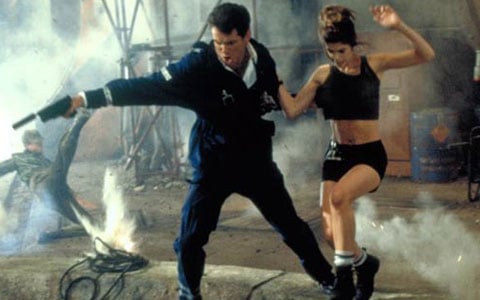
14) 1999’s The World Is Not Enough
Every time I think about The World Is Not Enough, I can’t decide whether I’m more impressed with the awesome complexity of its first fifteen minutes or more annoyed by the unnecessary complexity of the relationships between all of the villains. The former sets a brilliant tone with arguably Bond’s best boat chase ever, an exciting exchange gone wrong, an unexpected booby trap and a hot air balloon. Unfortunately, the latter annoyingly sinks all that momentum by delving into Stockholm Syndrome, inferiority complexes, revenge fantasies, double crosses, payoffs and altered allegiances, even bringing back the villain-esque Valentine Zukovsky from Goldeneye to get in on the action.
There’s just too much going on in The World Is Not Enough, and the way Elektra is dealt with doesn’t work. Bond either needs to discover the truth almost immediately and spend the rest of the movie trying to convince M, or they should all be fooled until the climax. As is, she doesn’t have proper time to simmer as a villain, nor does she have the power to truly blow people away with her betrayal.
In better news, however, both Robert Carlyle and Sophie Marceau are very good as the misused villains. Carlyle’s Renard in particular is a great addition to the Bond catalog, and I like that The World Is Not Enough spends long periods of time in Azerbaijan. 007 needs to venture to utterly bizarre places now and again. Denise Richards’ Christmas Jones, a commonly bitched about character among Bond fans, is also far more passable than people remember—kind of like this movie.
Do I want to watch The World Is Not Enough right now? No, I don’t. But if I walked into a room and you had it on, would I leave? No, I wouldn’t.
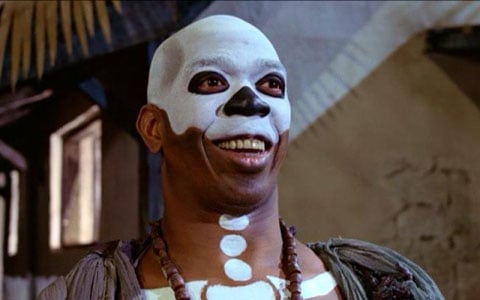
13) 1973’s Live And Let Die
Live And Let Die is best remembered by casual Bond fans for two reasons. First, it is Roger Moore’s debut crack at the beloved character, and second, it feels like 007 was dropped into the middle of a Blaxploitation film for much of its runtime. Released in 1973, two years after Shaft and one year after Super Fly, it uses the word “honky” too often and probably shouldn’t contain a business called the Oh Cult Voodoo Shop. That goofy borderline racism coupled with most people’s less than lukewarm support of Moore has given Live and Let Die a mediocre reputation.
For hardcore MI6 enthusiasts who can look beyond the above idiocy, however, this movie actually has a lot to love. Jane Seymour’s Solitaire is arguably the hottest Bond Girl in history. Roger Moore, while not the best Bond ever, brings an interesting, more mental approach to the role, and the plot allows for plenty of time in three separate locations.
Sent to investigate the deaths of various agents, James heads to New Orleans, New York and San Monique. Eventually, he winds up doing battle with a drug dealer who wants to dispense free heroin to increase the number of addicts, a dude who lost his hand during an alligator attack (not Happy Gilmore’s Chubbs Peterson) and some bumbling redneck cops. There’s also an underground monorail and a portable, high-powered magnet that can undo the zippers on women’s dresses.
Plus, McCartney’s theme song is top five all-time, easy.
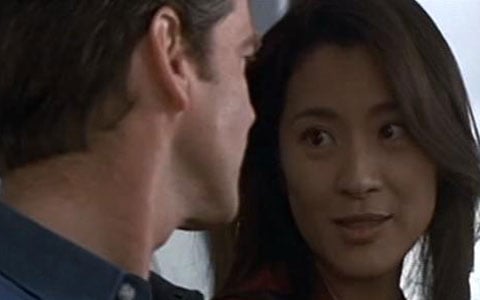
12) 1997’s Tomorrow Never Dies
Tomorrow Never Dies is perhaps the least objectionable Bond movie ever made. It’s 119 minutes long, but its runtime actually breezes by. The heroes and villains are clearly defined at the beginning. The objectives are laid out not long into the plot, and everyone involved turns in good, not great performances. There’s a nice balance of pun-filled one-liners and riveting chases, new characters and old favorites. Nothing is particularly mesmerizing about any of it, except Joe Don Baker’s colorful dinosaur shirt, but nothing is wrong with it either. It’s just pretty good, which for Bond, is the middle of the pack.
The easy to understand plot follows a media baron named Elliot Carver who wants to start a war between Britain and China in order to secure broadcasting rights in Asia. At his disposal, he has a German torture expert, a weirdo technology whiz played by magician Ricky Jay, a stealth boat, media spin control and an unwillingness to fail. His opponent, of course, is Bond. At his disposal, he has a hyper-competent, extremely sexy Chinese spy, super revenge strength, a cell phone that scans fingerprints, his trusted Walther and his usual array of small gadgets.
In many ways, Tomorrow Never Dies is a good commentary on the Brosnan era. It made money. It was marginally well-received. People enjoyed watching it. It just didn’t generate much excitement.
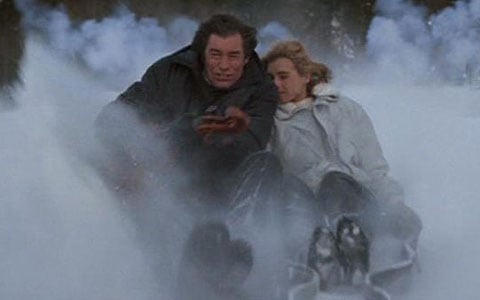
11) 1987’s The Living Daylights
Timothy Dalton plays Bond as more of a brutish, morally ambiguous man than his predecessors. He’s still capable of the occasional feat of strength, but in general, he’s subject to the same limitations the rest of us are. He’s almost entirely without humor, and he rocks the serious eyes far too often. In 1987, however, he was exactly what the Bond franchise needed.
Whether you’re a fan of Roger Moore or not, his era needed to end, and what the series needed more than anything else was a serious tone. Bond needed to turn back into more of a fighter than a superhero, and The Living Daylights offers him that opportunity. The film opens with a fast-paced, well-designed paintball match that suddenly gets real serious, and it continues with a chess match of double crosses between two Soviet Generals, an American arms dealer and Bond. There’s political intrigue, a beautiful cellist and even Afghan freedom fighters.
Some of the fights are among the best ever shot in the Bond canon. People’s faces get burned, pots filled with scolding water are thrown, and it actually takes multiple punches to knock people out. It’s such a nice change-up. In addition, Caroline Bliss’ Miss Moneypenny is also smoking hot, and the henchmen Necros is among the most menacing and competent we’ve ever seen.
I get why casual fans aren’t overly excited about Dalton, but The Living Daylights is actually pretty damn good.
Mack Rawden is the Editor-In-Chief of CinemaBlend. He first started working at the publication as a writer back in 2007 and has held various jobs at the site in the time since including Managing Editor, Pop Culture Editor and Staff Writer. He now splits his time between working on CinemaBlend’s user experience, helping to plan the site’s editorial direction and writing passionate articles about niche entertainment topics he’s into. He graduated from Indiana University with a degree in English (go Hoosiers!) and has been interviewed and quoted in a variety of publications including Digiday. Enthusiastic about Clue, case-of-the-week mysteries, a great wrestling promo and cookies at Disney World. Less enthusiastic about the pricing structure of cable, loud noises and Tuesdays.


